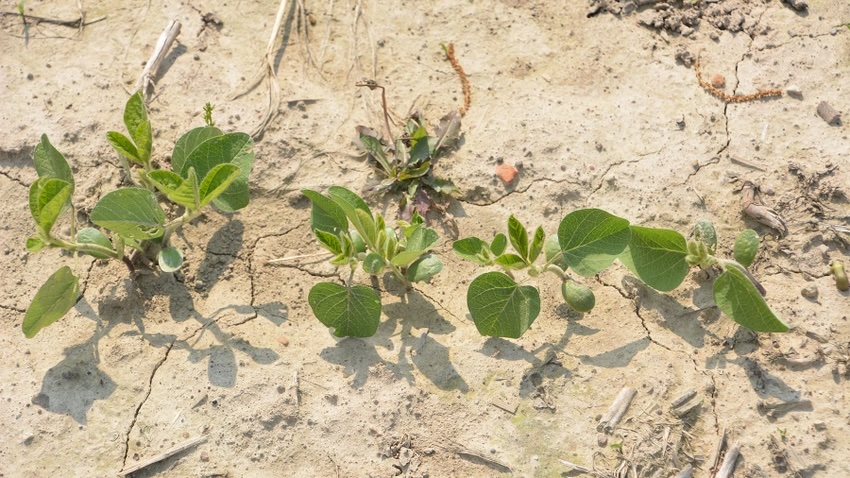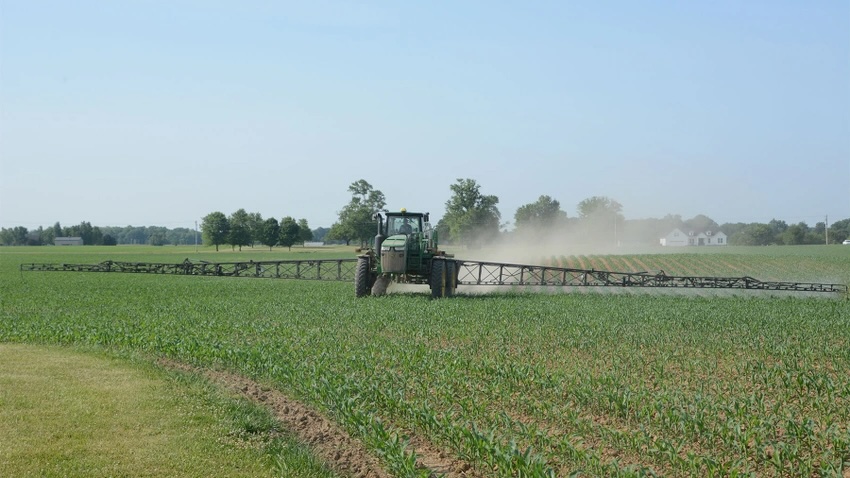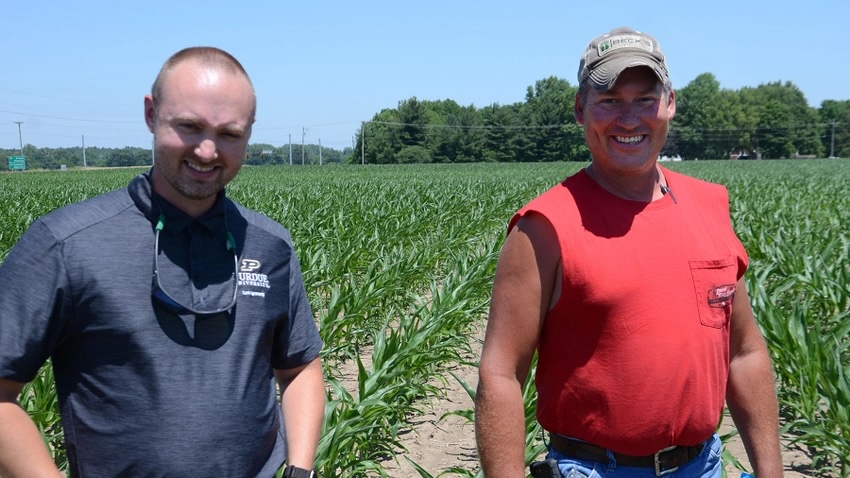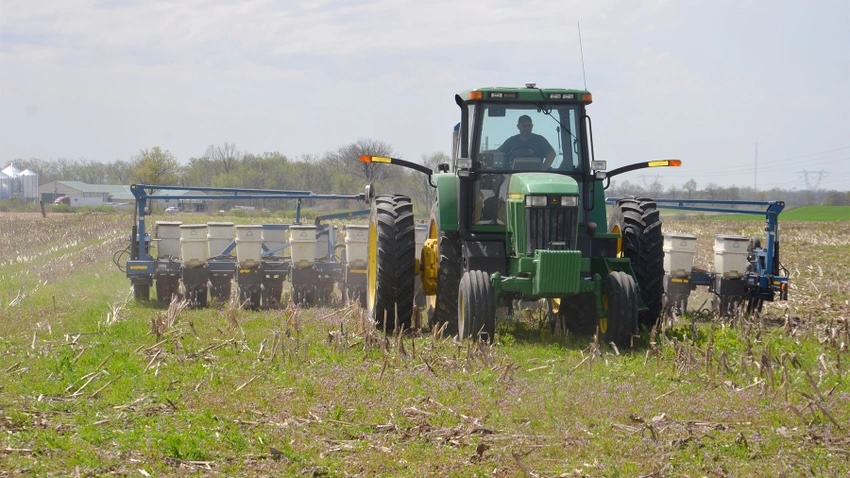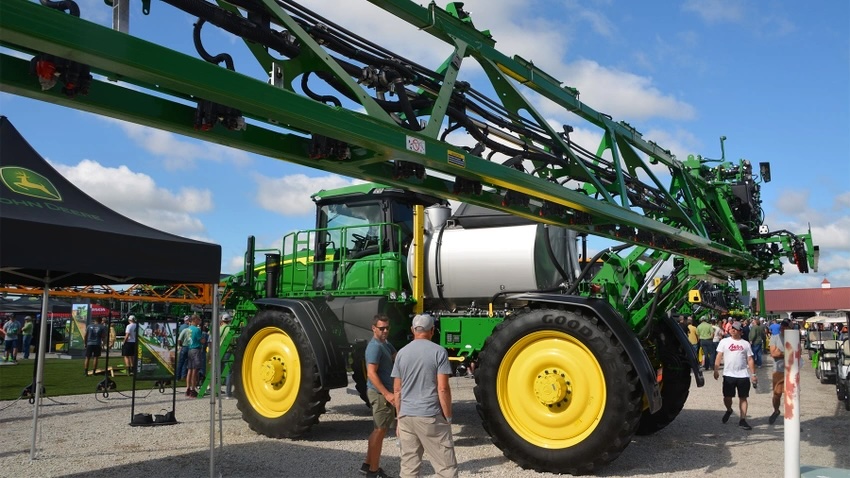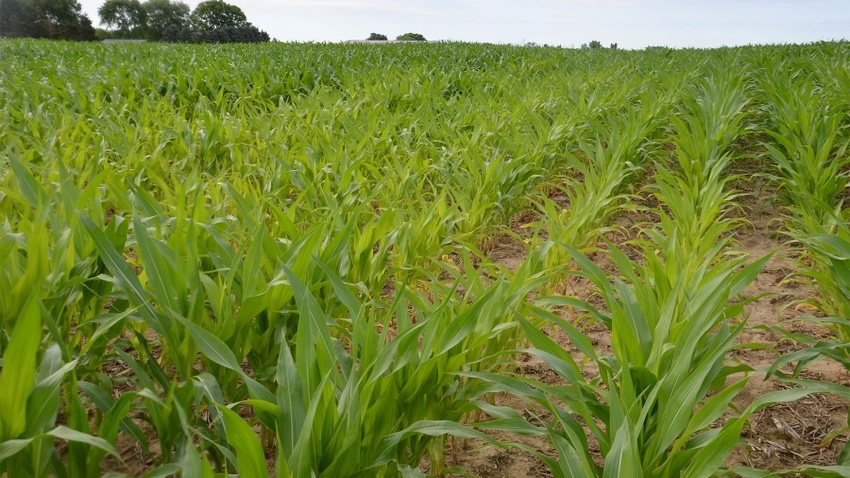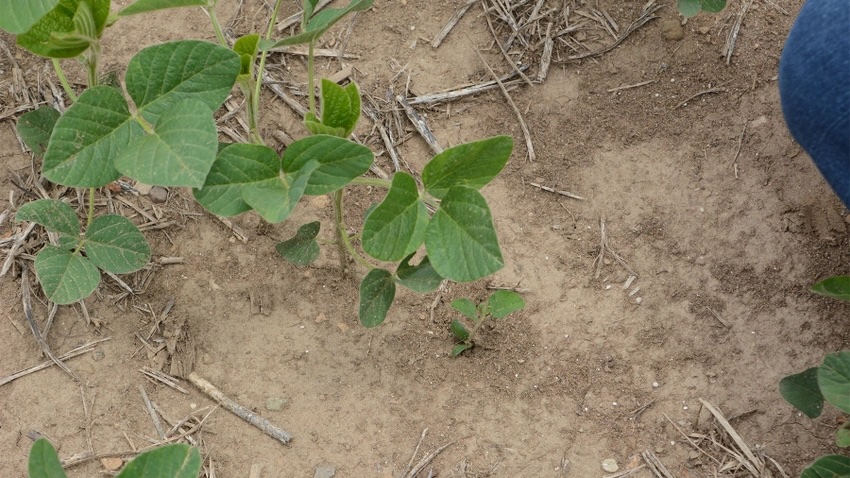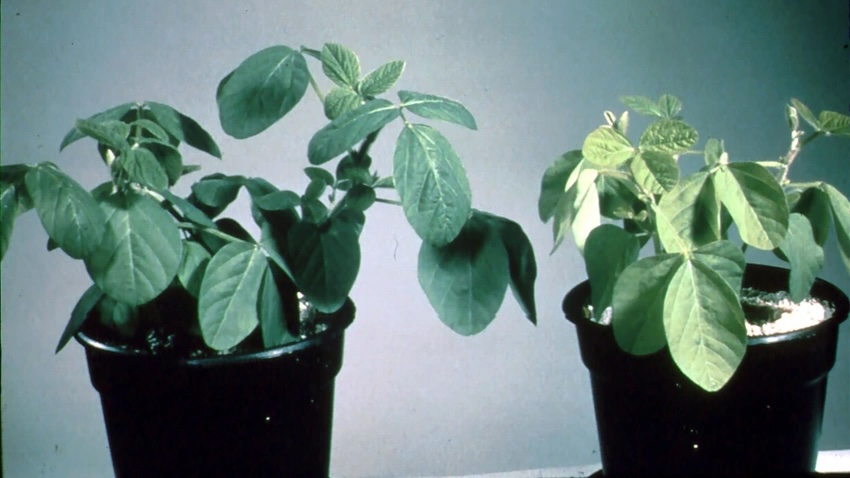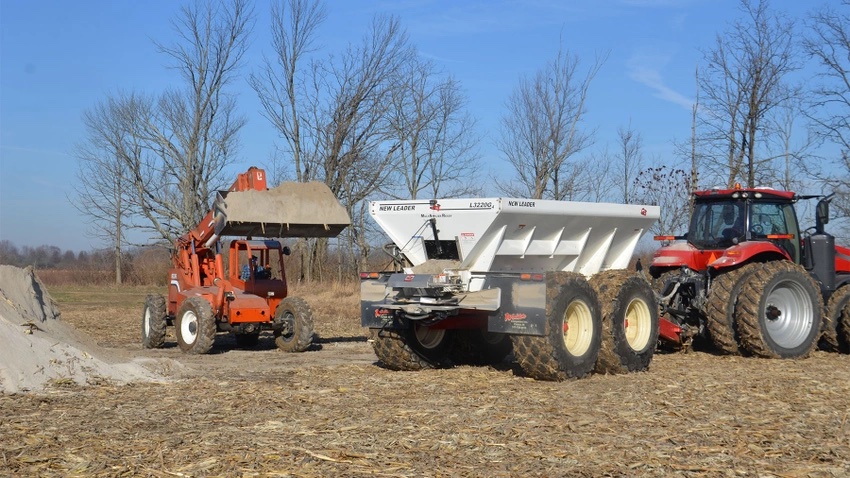Can you apply lime without fall tillage?
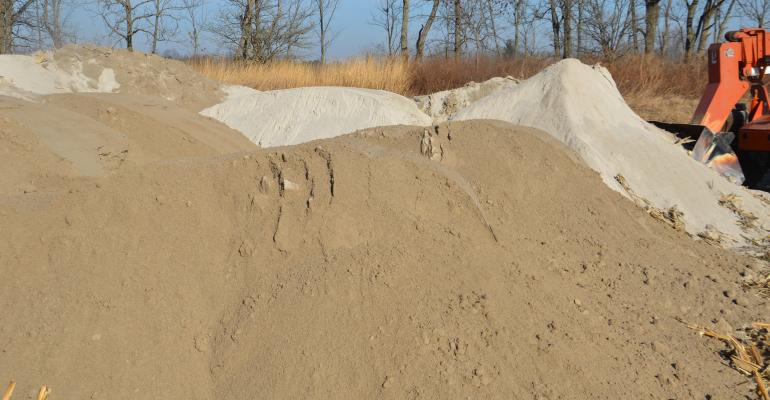
Soybean Corner: Opinions vary, but these Indiana CCAs bring up key points for making this management decision.
Sep 01, 2022
We are going to apply lime after soybeans this fall. We typically leave soybean stubble until spring and run a vertical-tillage tool over cornstalks in the fall. Should we vertical till after beans this year since we’re adding lime?
The panel of Indiana certified crop advisers answering this question includes Shaun Casteel, Purdue Extension soybean specialist, West Lafayette; Steve Gauck, regional agronomy manager for Beck’s, Greensburg; Andy Like, agronomist with Evansville AgriSelect LLC, Vincennes; and Dan Ritter, central region agronomist with Dairyland Seed, Rensselaer.
Casteel: Surface applications of lime can increase pH and reduce acidity of the soil — especially soil in contact with lime. Rain will solubilize lime and slowly move it into the soil, but that will be somewhat limited. Lime is more reactive and effective if incorporated into the soil. Vertical till has limited soil disturbance, so it would likely incorporate the lime within the upper couple of inches. Lime will interact with more soil, and thus, will influence more of that soil’s acidity. The full effect of liming takes time and exposure, so the vertical-tillage pass in the fall will help.
One more consideration is whether that field would need another vertical-tillage pass in the spring to prepare the field for seedbed preparations. A primary tillage pass with a chisel or disk ripper combination tool will incorporate lime into more of the soil and have the best impact on the upper 6 to 8 inches of the root zone. In the end, the level of incorporation should work with your system of field preparation. Understand the limitations or advantages.
Gauck: Lime rates are based on incorporation. It is ideal to move lime into the soil profile, if possible. You might consider applying on cornstalks ahead of soybeans. If you do, and since you’re planning a tillage pass anyway, there is also a benefit to vertical till in the fall. It will help start the process of breaking down stalks sooner and will help improve your seedbed in the fall. However, if you’re in an area with erodible soils, keep your tillage pass in the spring to avoid excess soil erosion concerns over winter.
Like: I see little value in tilling in lime spread on soybean residue. The freeze-thaw cycle and wintertime precipitation should move lime into the soil profile as much as a vertical-tillage pass. Additionally, leaving the soybean residue intact will help minimize erosion over the winter. I have seen evidence of pH stratification in long-term no-till, but this usually occurs over a period of 20 years or more. Over the short term, working lime in is not a priority.
Ritter: It may help to incorporate the lime into the soil profile this fall. It will help the lime react with the soil more quickly. This would be especially important if the pH is critically low and needs a timelier response.
Editor’s note: To sum up, incorporation provides benefits if you can do it without creating the potential for soil erosion. Check with your local CCA to determine if your pH is low enough that at least some incorporation might be advisable. Weigh that benefit vs. the increased risk of soil erosion over winter.


